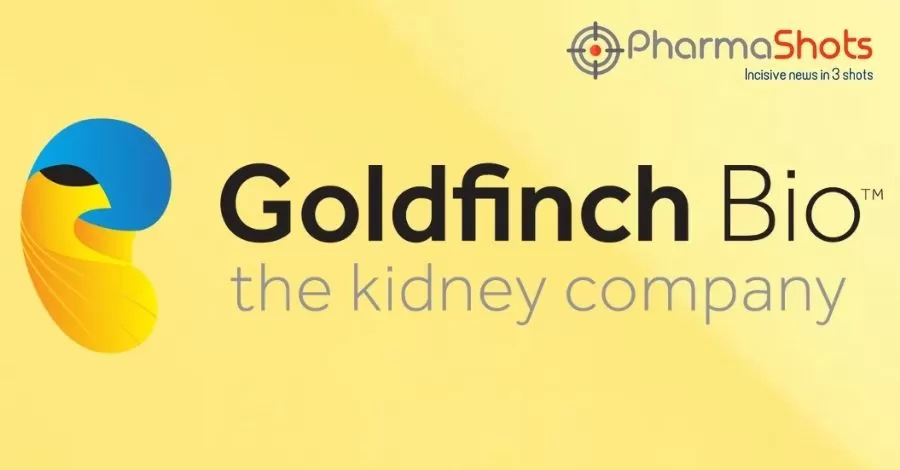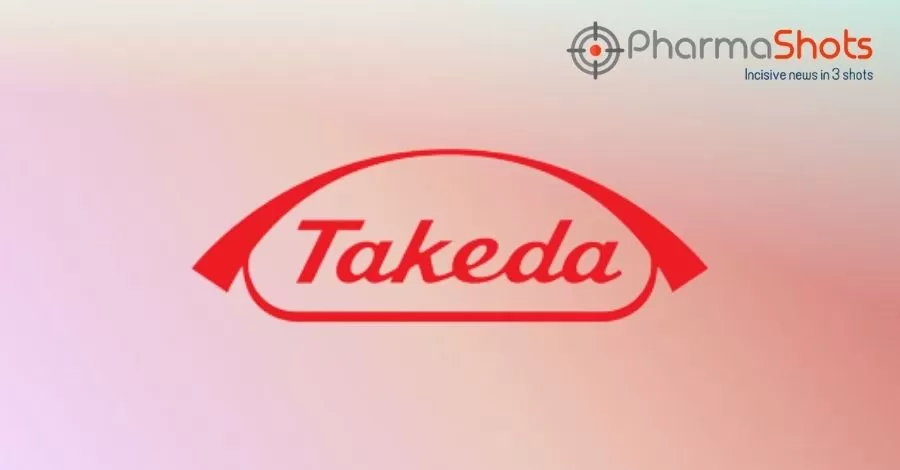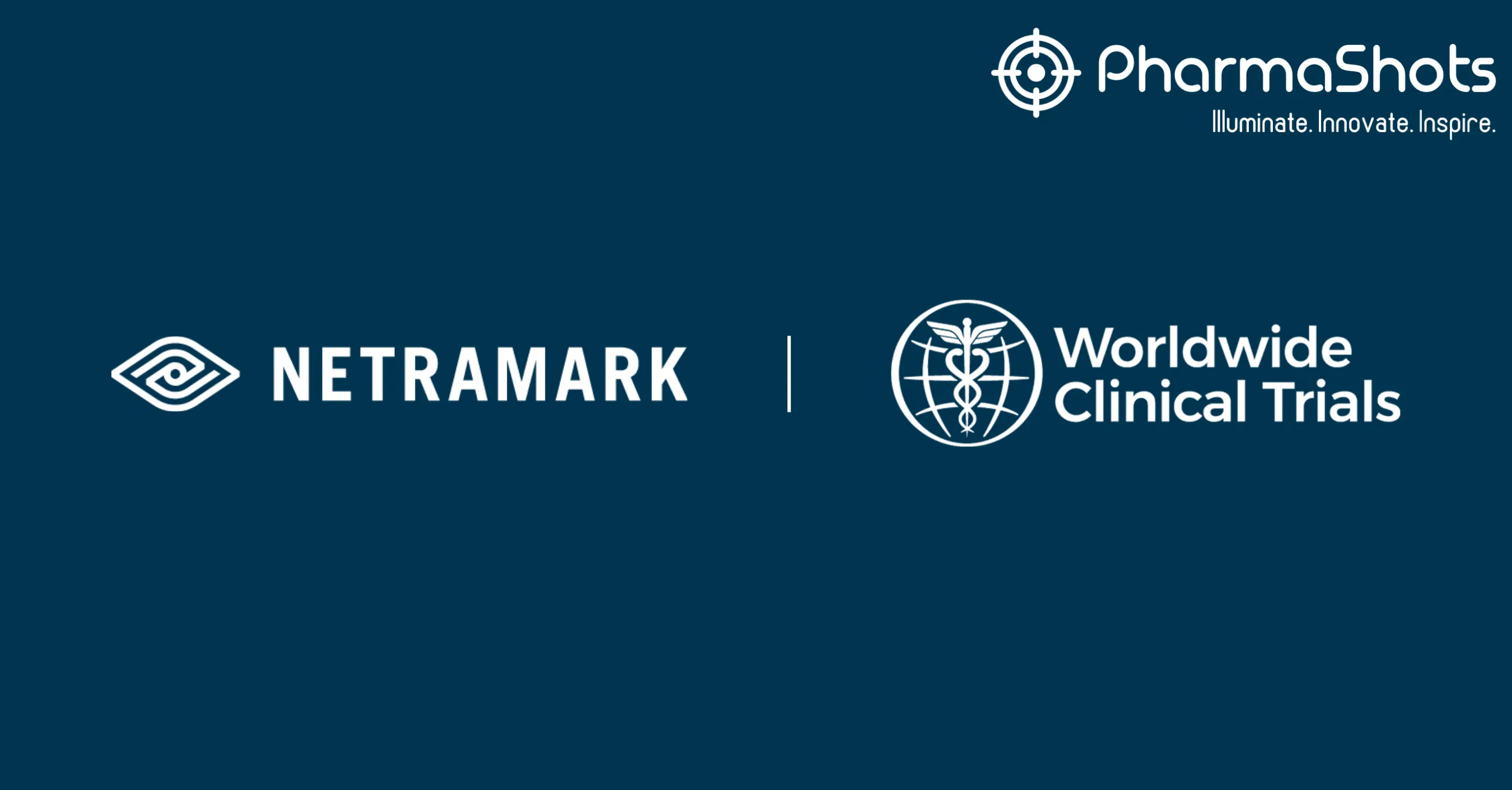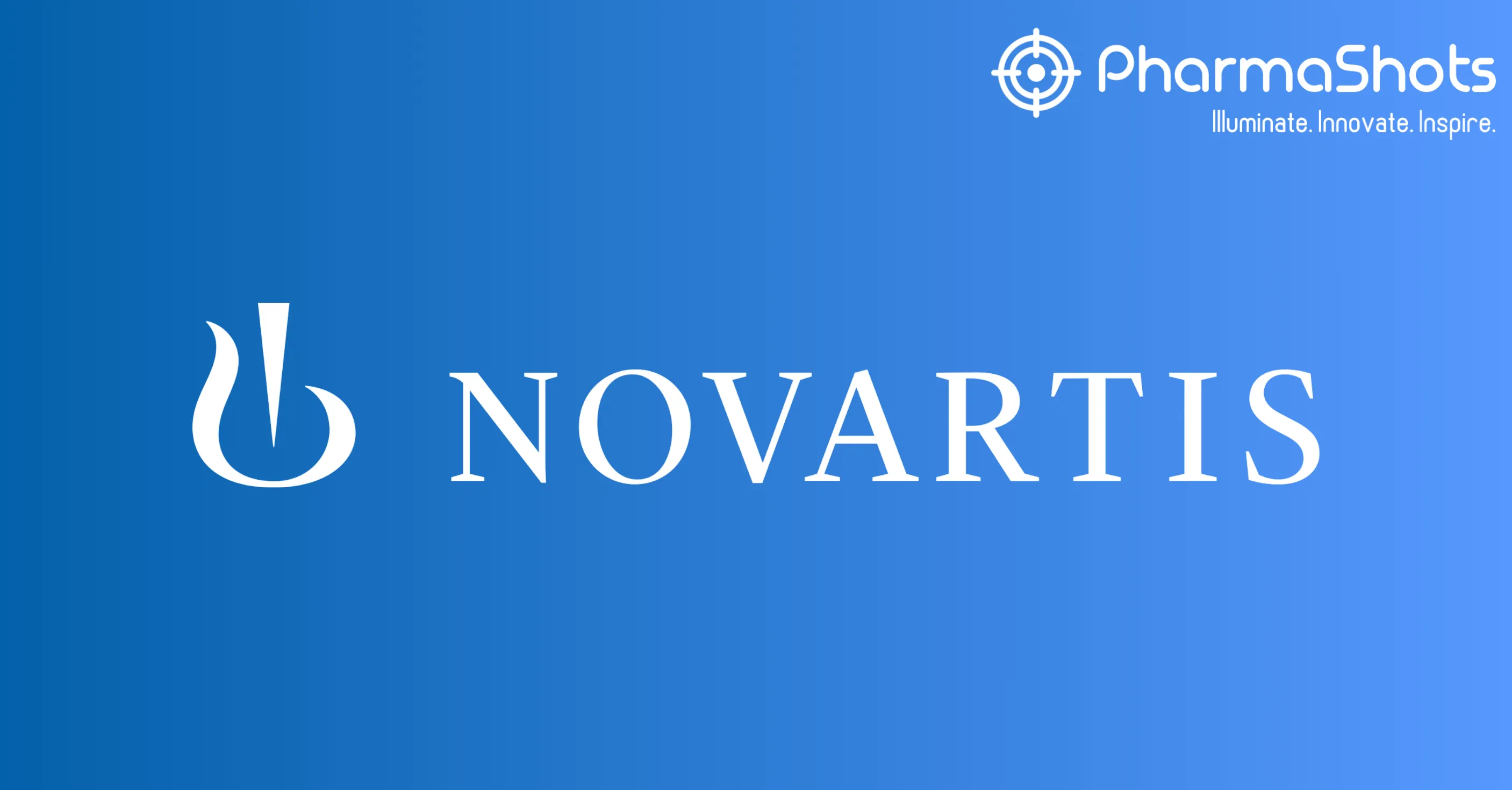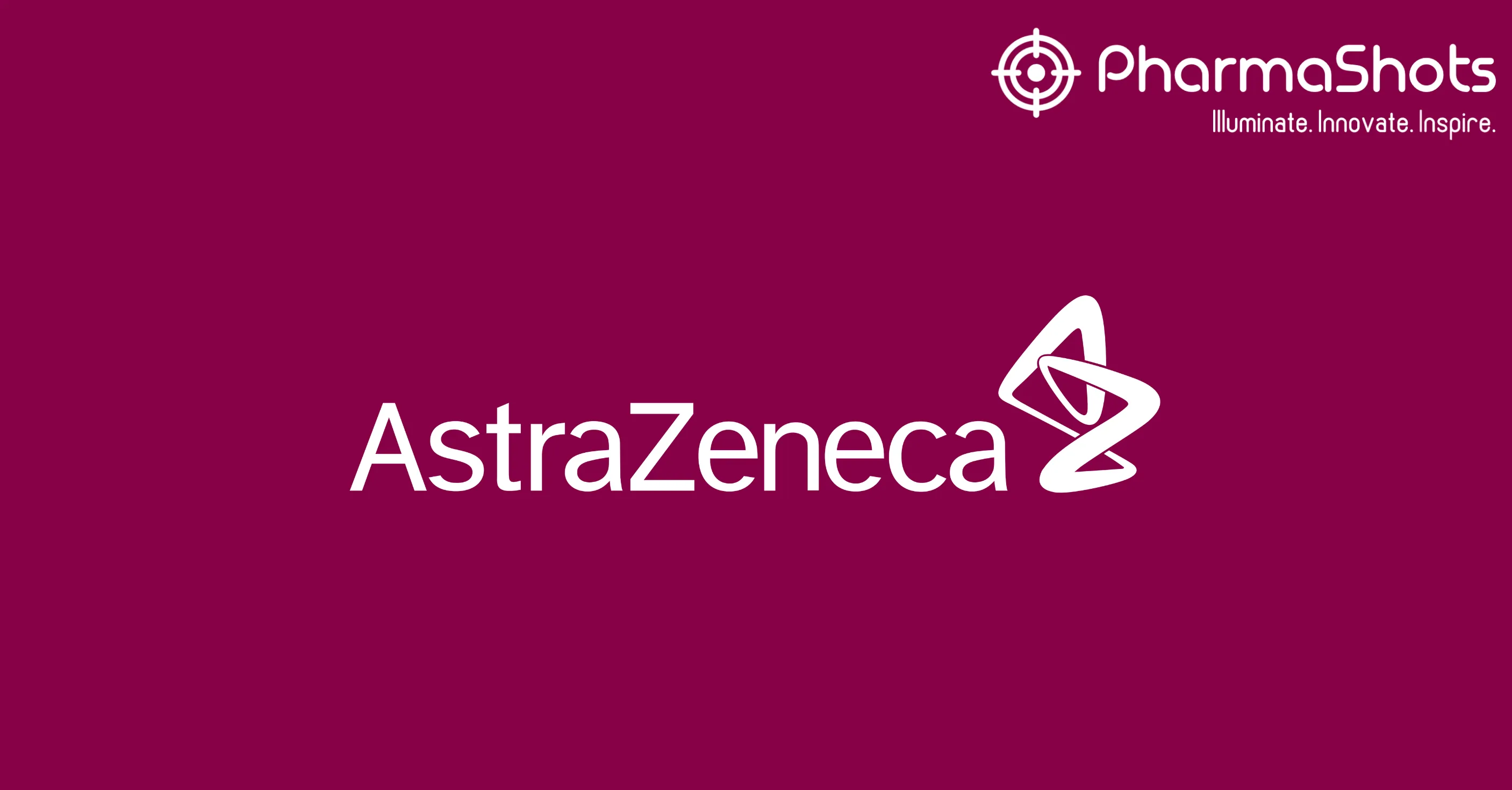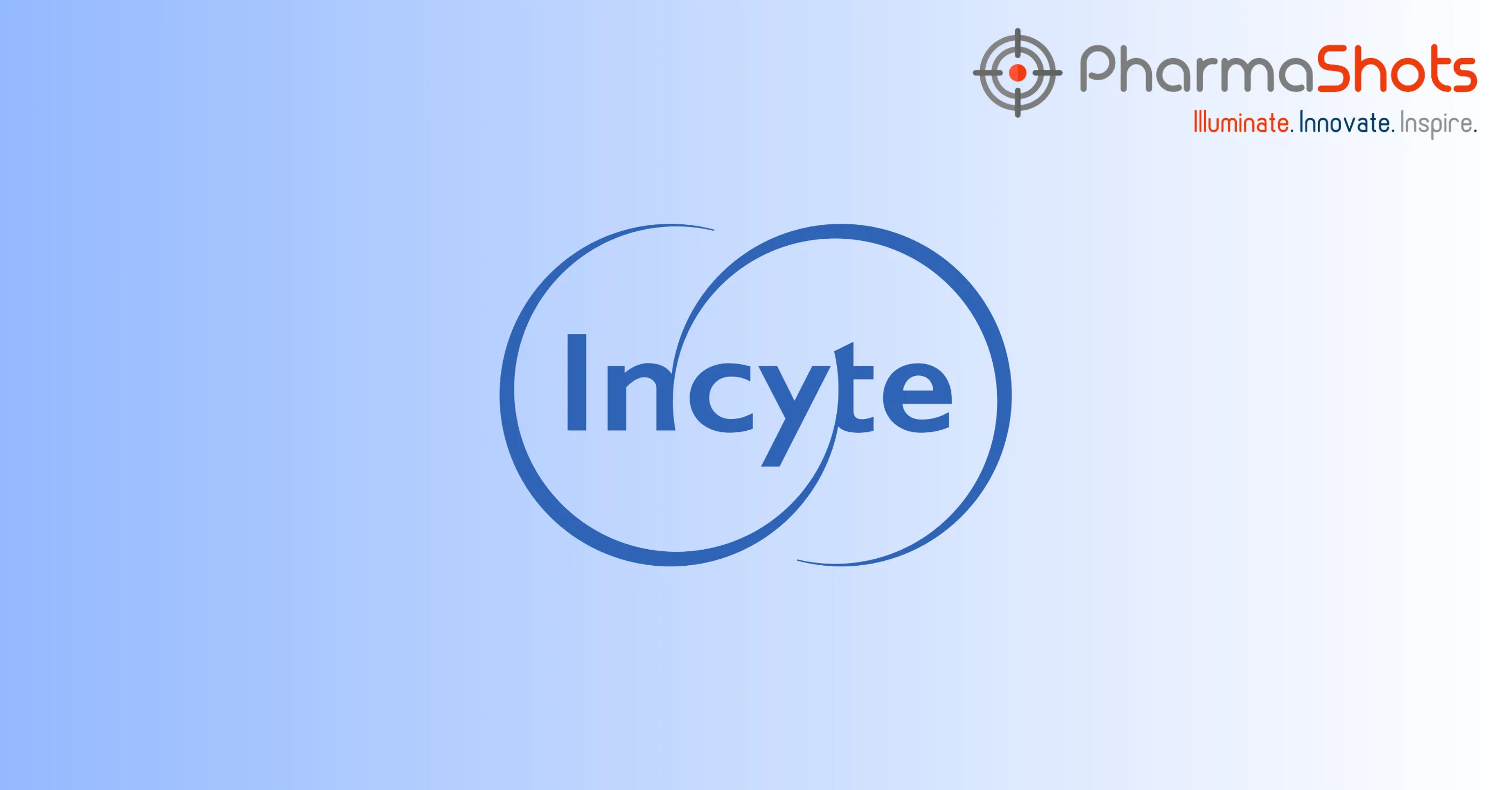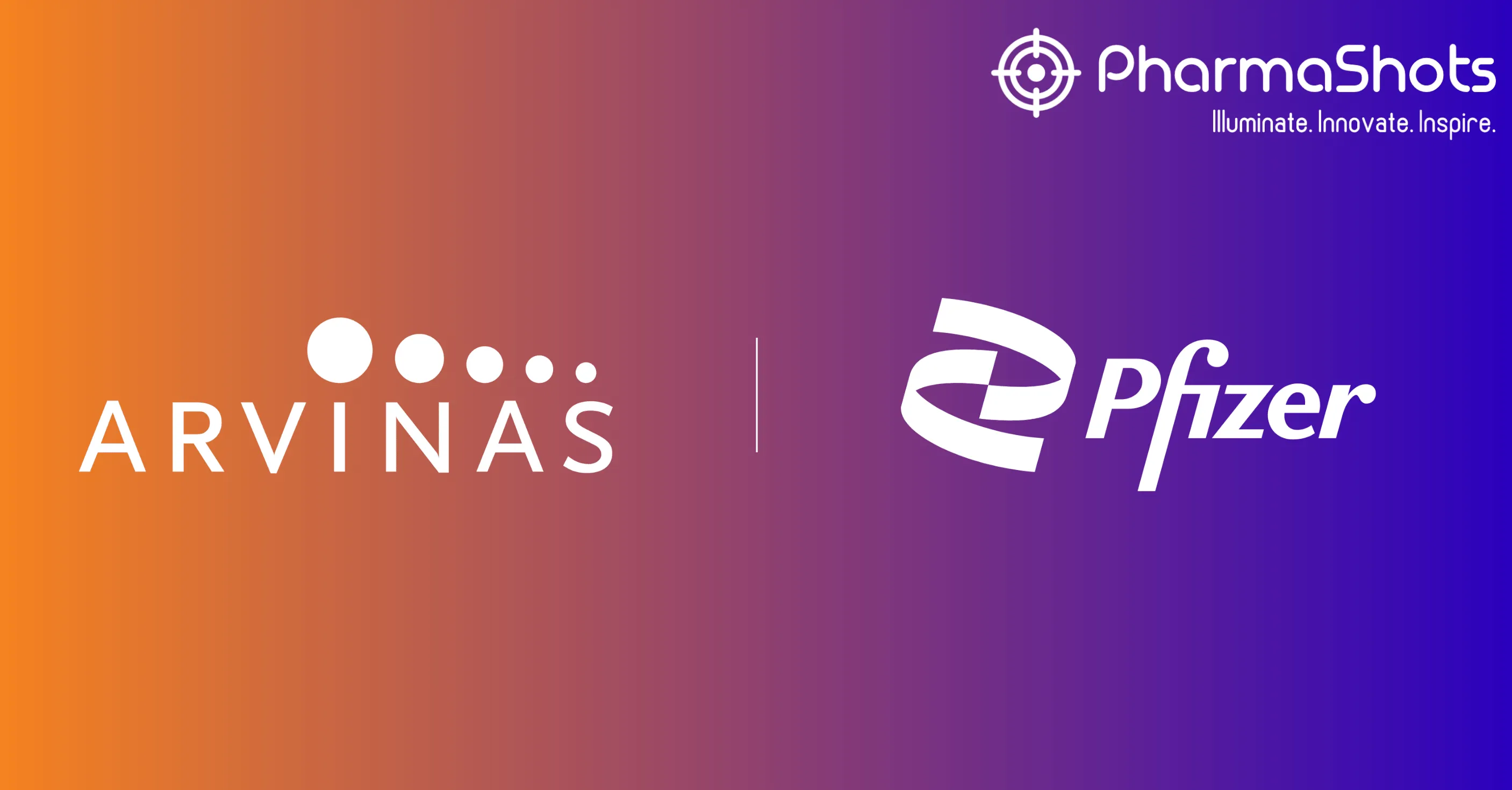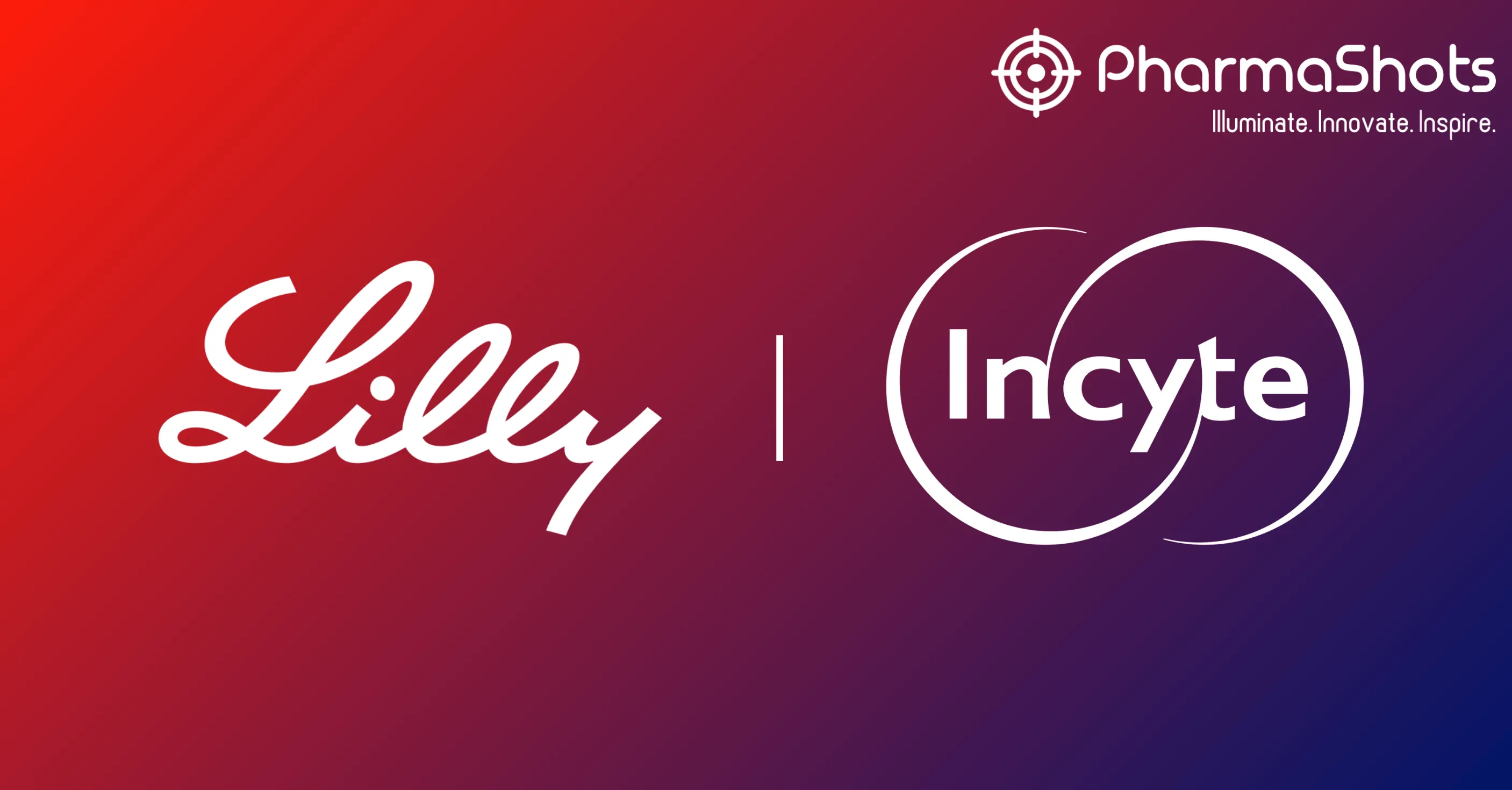
Goldfinch Bio Initiates P-I Clinical Trial of GFB-024 for the Treatment of Severe Insulin Resistant Diabetic Nephropathy
Shots:
- The 1st patient has been dosed in the P-I trial to evaluate the safety- tolerability & PK of GFB-024 vs. PBO in patients with severe insulin-resistant DN and inhibit CB1 pathway. The company expects to report initial data in 2022
- The trial will also assess repeat dosing of GFB-024 in patients with type 2 diabetes mellitus to evaluate immunogenicity- PK- and safety while GFB-887 is currently in P-II TRACTION-2 trial for FSGS and DN
- The preclinical studies showed that GFB-024 inhibits CB1 receptor signalling and protects against podocyte and tubular cell injury- no physiological effect in CNS. Additionally- the trial will explore the biomarkers to confirm peripheral CB1 target
Ref: BUSINESS WIRE | Image: Goldfinch Bio
Click here to read the full press release

This content piece was prepared by our former Senior Editor. She had expertise in life science research and was an avid reader. For any query reach out to us at connect@pharmashots.com




